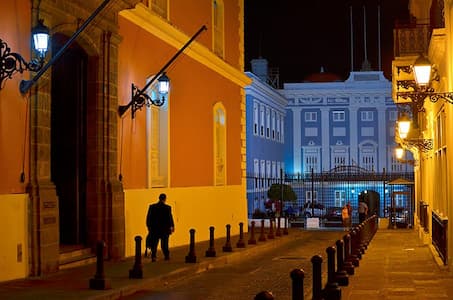Geography and Climate:
Location: Located on the coast and open to the Atlantic Ocean. Isabela lies to the east and Moca lies to the south of Aguadilla.
Climate: Tropical marine with mild winters and hot summers is the background. The average temperature is usually 80°F (27°C).
Economy:
Industry: Tourism, which is one of the fastest-growing sectors in the Aguadilla area, is largely due to the beautiful beaches and surf spots. Moreover, technology is well represented in parts of aerospace, pharmaceuticals, and medical devices being companies operating in the area.
Rafael Hernández Airport: This airport has grown and it is now the second-largest airport in Puerto Rico. The airport has both passenger and cargo flights and it is a significant contributor to the local economy.
Attractions:
Crash Boat Beach: Crash Boat Beach in Puerto Rico is one of the area’s most popular sites, it is famous for boating, snorkeling, and diving.
Punta Borinquen Lighthouse: An old lighthouse on the island, with views of the ocean coastline below it, which is in Aguadilla.
Las Cascadas Water Park: One of the most renowned water parks across the Caribbean Region serves the purpose as a family-friendly attraction.
Surfing: Aguadilla is famous for its surfing places including Surfer’s Beach, which is the best of all. Many surfers around the world come here to surf.
History:
Founding: Aguadilla was established in 1775. The name comes from the word “Guadiya” of the Taíno people, meaning garden or watering hole.
Historical Significance: Aguadilla has a very historic place, it was a center for Puerto Rico’s colonial history as well as the sites that were the barracks for the Spanish-American War among others.
Education and Healthcare:
One of the undergraduate programs on offer is the University of Puerto Rico at Aguadilla located in Aguadilla.
There are a number of hospitals and health facilities serving the area, ensuring that the village is a nice place to stay in reference to healthcare.
Culture and Festivals:
Aguadilla is represented by its vivid culture with festivals like “Fiestas Patronales de San Carlos Borromeo” which come up in November. There, the performances of traditional music, the production of the traditional food, and row of parades are among the things that take center stage.

